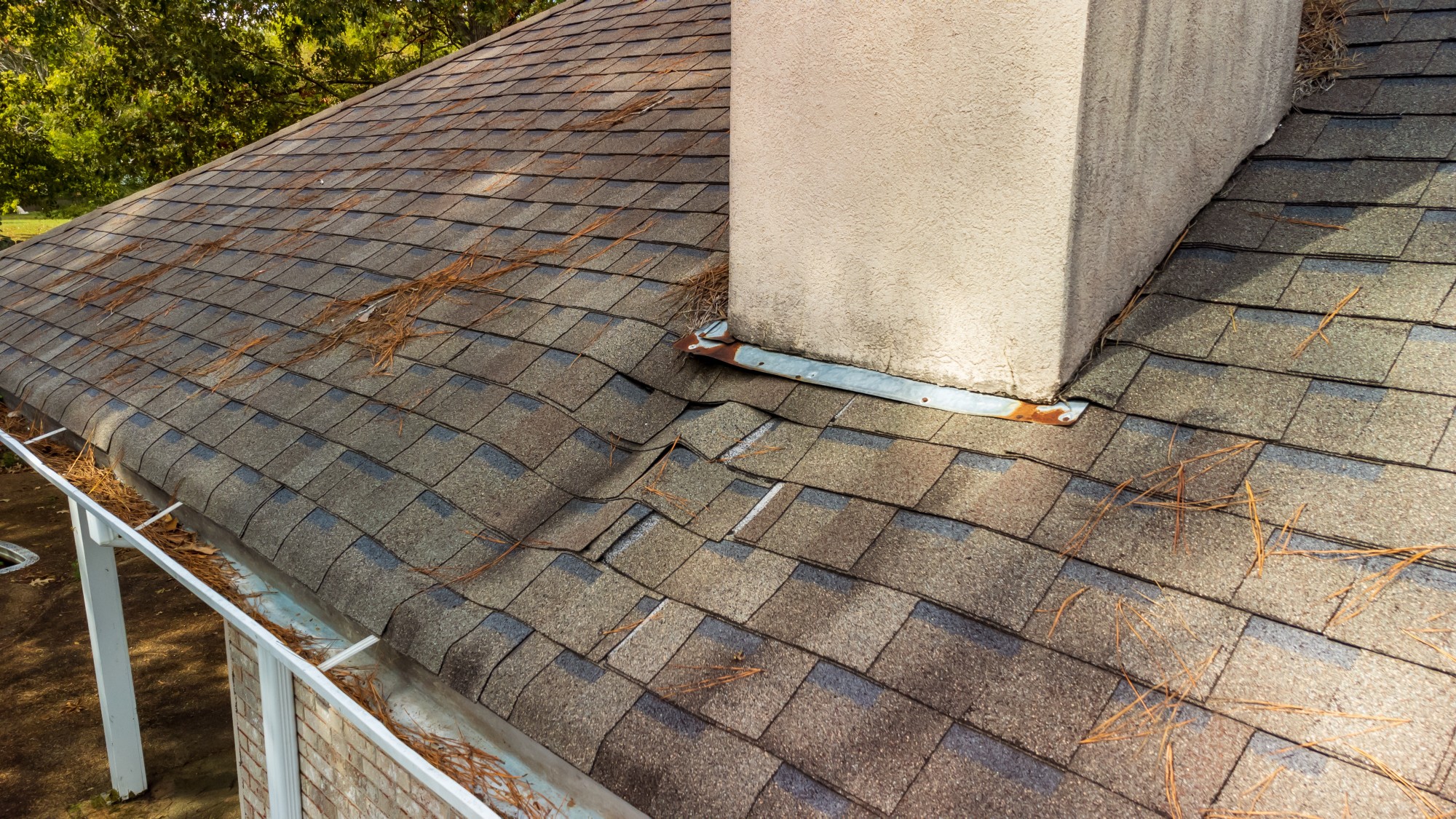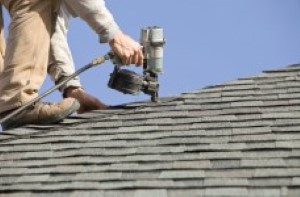Comprehending the Different Sorts Of Roofings: A Comprehensive Overview for Homeowners
In the world of homeownership, picking the ideal roof covering design is a choice that lugs substantial effects for both functionality and visual allure. With a selection of alternatives-- varying from the typical gable to the modern level-- each kind provides special advantages and difficulties that ought to line up with the property owner's particular requirements and environmental considerations. Comprehending these distinctions not just help in making an educated option but additionally affects lasting upkeep and energy effectiveness. As we discover the complexities of various roofing system types, it comes to be noticeable that a person size does not fit all; the right selection might surprise you.
Saddleback Roof
Saddleback roofs, identified by their triangular shape, are among one of the most popular roof covering styles because of their simpleness and efficiency in losing water and snow. This design includes 2 sloping sides that meet at a ridge, enabling efficient drain and minimizing the risk of water buildup. The high pitch commonly connected with saddleback roofs enhances their capability to take care of heavy precipitation, making them ideal for numerous climates.
In addition to their functional advantages, saddleback roofs use visual versatility. They can be adapted to different architectural designs, from traditional to contemporary homes. The layout can additionally accommodate additional functions such as dormer home windows, which boost all-natural light and air flow in the attic room space.
Furthermore, saddleback roofs give enough space for insulation, contributing to energy effectiveness. Homeowners can pick from a selection of roofing materials, including asphalt shingles, steel, and tiles, further enhancing customization options.
Despite their advantages, gable roofing systems may require additional support in areas vulnerable to high winds or hefty snowfall. On the whole, the saddleback roof continues to be a popular selection as a result of its mix of performance, toughness, and aesthetic charm.
Flat Roofs
Level roof coverings are usually identified for their minimal design and practical applications, particularly in industrial and commercial setups (oahu roofing). These roofings feature a horizontal or virtually straight surface, which permits very easy building and versatile room use. While they may lack the visual charm of pitched roofing systems, level roofings provide countless benefits, especially in city environments where making best use of room is essential
Among the main advantages of level roofs is their access. Property owners can utilize the roofing space for different purposes, such as roof yards, terraces, or photovoltaic panel installations. In addition, flat roofings are generally a lot more cost-effective to preserve and mount compared to their sloped counterparts, as they call for fewer materials and labor.
Common materials used for flat roofs include built-up roofing (BUR), modified bitumen, and single-ply membrane layers, each offering distinctive advantages. On the whole, level roofs serve as a adaptable and functional choice for lots of homeowners and businesses alike.
Hip Roof Coverings
Hip roof coverings are identified by their sloped sides that merge at the top, forming a ridge. This design stands out from gable roofs, as all 4 sides of a hip roof covering incline downwards toward the walls, providing an extra steady structure. The angle of the slopes can differ, permitting adaptability in architectural aesthetic appeals and performance.
One of the key benefits of hip roofing systems is their ability to hold up against hefty winds and unfavorable weather problems. The sloped surfaces make it possible for much better water drainage, lowering the danger of leaks and water damages. Additionally, hip roof coverings use enhanced attic room area, which can be utilized for storage space and even exchanged comfortable areas.
Nonetheless, building a hip roof can be a lot more complex and pricey than easier roof covering types, such as saddleback roofs. The extra product and labor associated with creating the inclines and ensuring appropriate architectural integrity can bring about higher costs. Despite these disadvantages, several property owners prefer hip roofing systems for their longevity, aesthetic charm, and possibility for energy effectiveness.
Mansard Roofing Systems
Mansard roofings, often acknowledged by their special four-sided design, function 2 inclines on each side, with the lower slope being steeper than the upper. This building design, stemming from France in the 17th century, is not only visually attractive yet functional, as it maximizes the usable area in the top floorings of a structure. The high reduced slope allows for more headroom, making it a suitable selection for attics or lofts, which can be exchanged living spaces.
Mansard roof coverings are characterized by their flexibility, fitting different architectural styles, from standard to contemporary. They can be built with various materials, including asphalt roof shingles, slate, or metal, offering house owners with a series of choices to fit their preferences and budget plans. Additionally, the layout enables the assimilation of dormer home windows, improving natural light and ventilation in the upper degrees.
Nonetheless, it is important to take into consideration the possible disadvantages. Mansard roofing systems may call for even more maintenance due to the complexity of their layout, and their high slopes can be challenging for snow and rainfall overflow. In general, mansard roofs incorporate sophistication with functionality, making them a popular choice amongst property owners looking for distinct building features.
Lost Roofs
As homeowners significantly seek simplicity and capability in their architectural layouts, dropped roofs have actually become a popular option. Characterized by a solitary sloping plane, a shed roof provides a minimalist aesthetic that complements different home styles, from modern to rustic.
One of the key advantages of a shed roof covering is its simple building and construction, which usually equates to lower labor and product prices. This check my site design enables for reliable water drain, decreasing the danger of leakages and water damages. Additionally, the vertical incline gives ample area for skylights, improving all-natural light within the inside.
Shed roofing systems likewise supply versatility in terms of usage. They can be successfully incorporated right into enhancements, garages, or exterior structures like sheds and pavilions. Moreover, this roof covering design can suit various roofing materials, consisting of metal, asphalt roof shingles, and even environment-friendly roofs, aligning with environment-friendly efforts.
Nonetheless, it is vital to take into consideration local environment problems, as hefty snow tons may require adjustments to the roofing system's angle or structure. On the whole, shed roofs present a useful and aesthetically pleasing choice for house owners aiming to maximize functionality without endangering design.
Final Thought


Gable roofs, defined by their triangular form, are amongst the most popular roof designs due to their simplicity and efficiency in dropping water and snow. oahu roofing. The high pitch commonly connected with gable roof coverings enhances their ability to manage hefty rainfall, making them suitable for numerous climates
While they may lack the visual allure of pitched roofs, flat roofing systems use countless advantages, especially in metropolitan atmospheres important site where making best use of space is essential.
